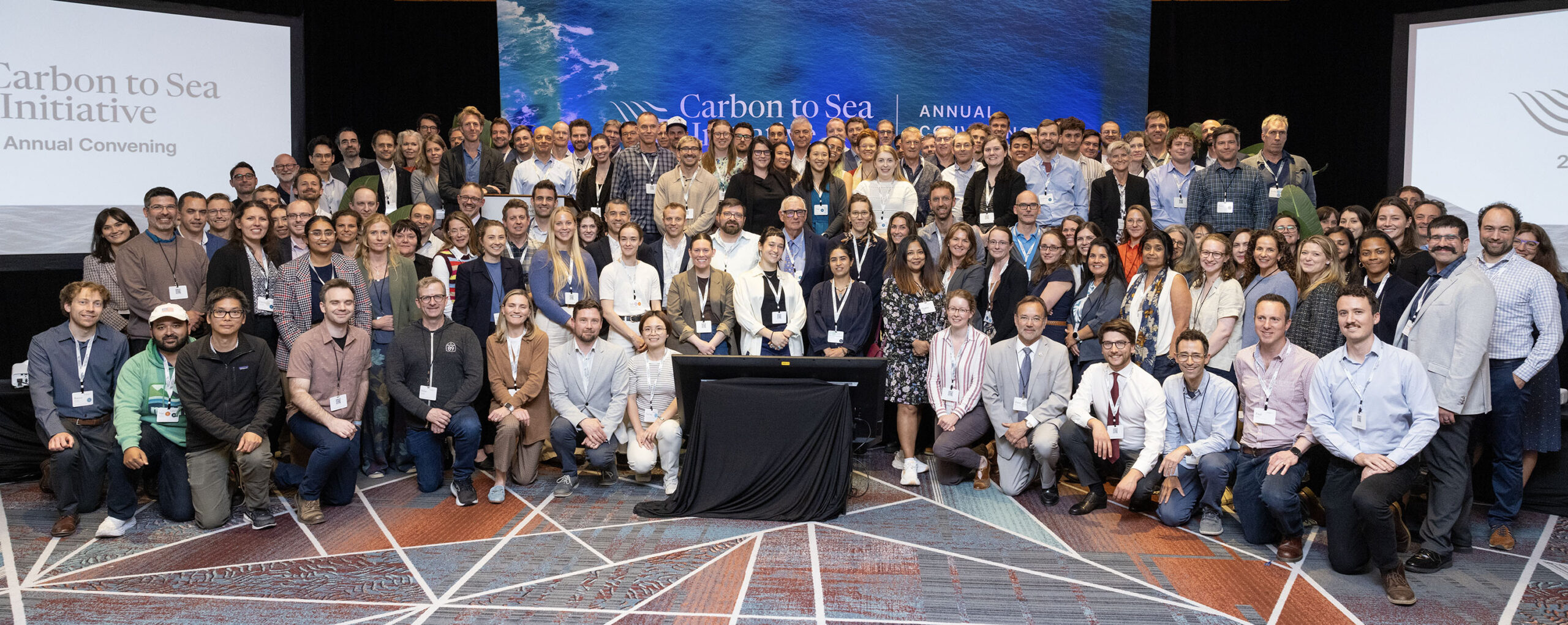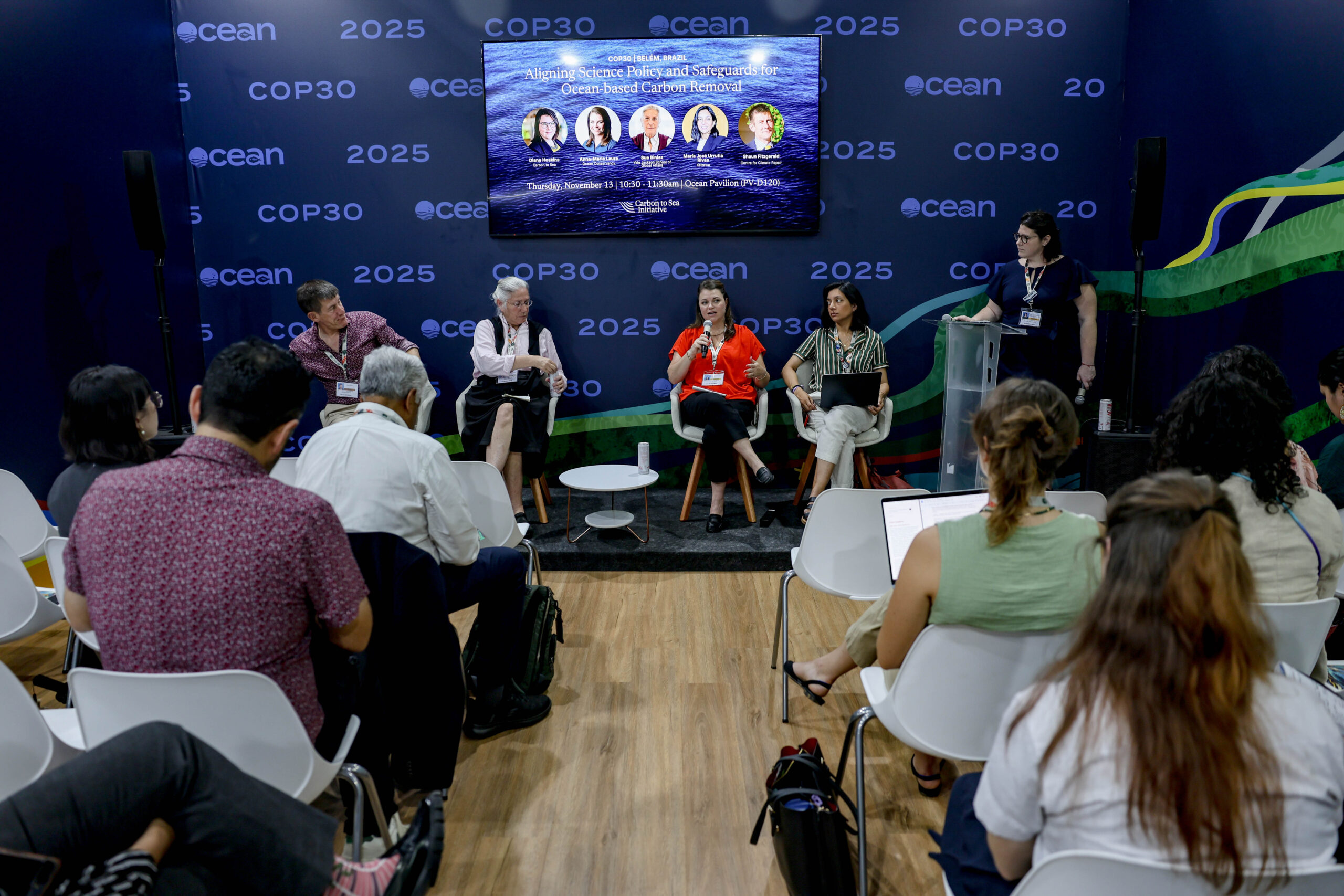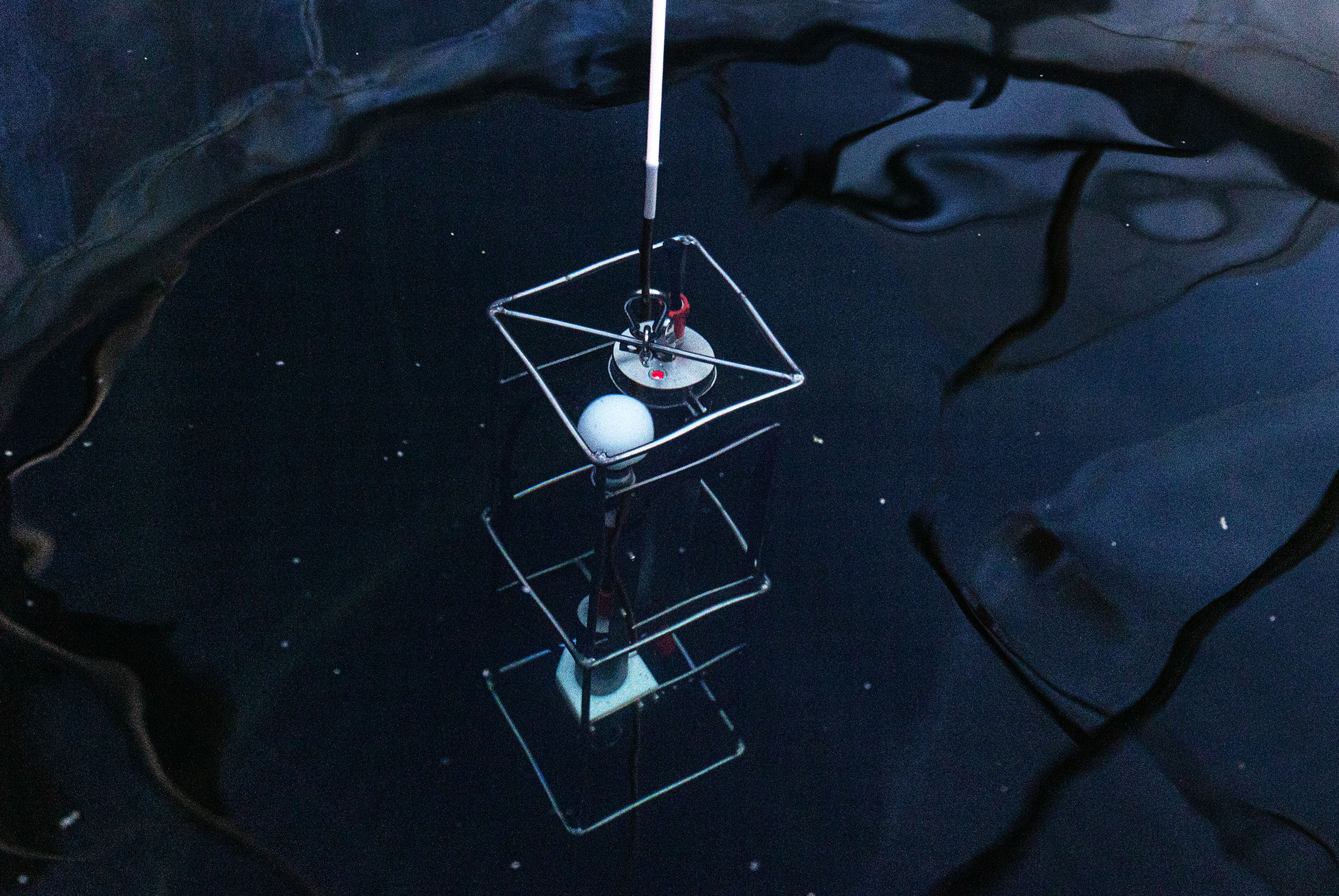Over the past few months since the 2025 Annual Convening, the Carbon to Sea team has been compiling a comprehensive report of the key insights shared across three days of meaningful conversations, presentations, and workshops. This Convening Proceedings document summarizes the rapid advancements in our understanding of oCDR pathways over the past few years, the latest findings from the state of the science today, and the opportunities and challenges that lie ahead as we seek to grow a responsible oCDR sector.
Several of the key takeaways highlighted in the report include:
- Scientific confidence is growing. The field now includes more than a dozen OAE approaches, and a growing body of evidence suggests that environmental risks can likely be managed for several of them — especially when research focuses on realistic conditions, not just extreme scenarios.
- We now have line of sight for MRV in OAE. For the first time, monitoring, reporting, and verification (MRV) of OAE has been implemented in a real world, market-facing context, producing verifiable credits and validating models that can guide the field forward. However, standardization and more field trials are urgently needed.
- The economic outlook is becoming more clear. A new technoeconomic and life cycle analysis framework provides consistent assumptions and future-facing projections, helping compare OAE approaches across projects and guiding smarter investment and policy decisions.
- Collaboration and data transparency are essential. From regulatory engagement to sensor development to community outreach, the Convening made clear that scaling OAE will require deep coordination across sectors, disciplines, and regions. This spirit of shared learning is what drives Carbon to Sea’s launch of the Global OAE Field Research Network — a new effort to connect and support field researchers worldwide.
- Communities should be engaged early and often. Responsible field research depends on transparent, inclusive, and proactive engagement. Lessons from current projects show that when researchers take the time to listen and adapt, the result is stronger science and stronger trust.
Through sharing these updates, exploring diverse stakeholder perspectives, and identifying potential challenges, participants were able to identify important next steps for ocean-based climate solutions.
“Despite the differences in perspective and background that people bring to this work, what has emerged is a culture of constructive, rigorous discourse,” writes Carbon to Sea’s Executive Director Antonius Gagern in the Convening Proceedings report. “The work ahead is complex, but we are not doing it alone. And that, more than anything, gives me confidence in where we’re headed.”
Carbon to Sea is grateful to all those who contributed to this year’s Convening, with a special thanks to Lydia Kapsenberg at CEA Consulting and the entire Carbon to Sea team — all of whom made this new report possible. We look forward to building on this work in the months ahead.
Read the full Proceedings report HERE and watch our 2025 Annual Convening video above. In addition, you can view slides HERE and video recordings HERE from selected presentations featured in the Convening Proceedings report.



